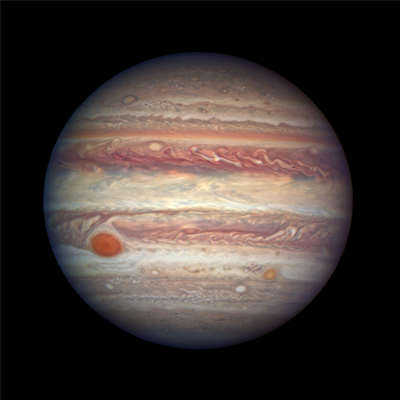Soyuz returns ISS crew to Earth
A Russian Soyuz capsule safely returned three astronauts to Earth this morning.
This completes the second flight of the Soyuz-MS upgraded capsule.
The new MS series sports more efficient solar panels, a new Kurs NA approach and docking system weighing less than half that of its predecessor, additional micro-meteoroid debris shielding, and a modified docking and attitude control engine – which will add redundancy during docking and deorbit burns.
A Russian Soyuz capsule safely returned three astronauts to Earth this morning.
This completes the second flight of the Soyuz-MS upgraded capsule.
The new MS series sports more efficient solar panels, a new Kurs NA approach and docking system weighing less than half that of its predecessor, additional micro-meteoroid debris shielding, and a modified docking and attitude control engine – which will add redundancy during docking and deorbit burns.





